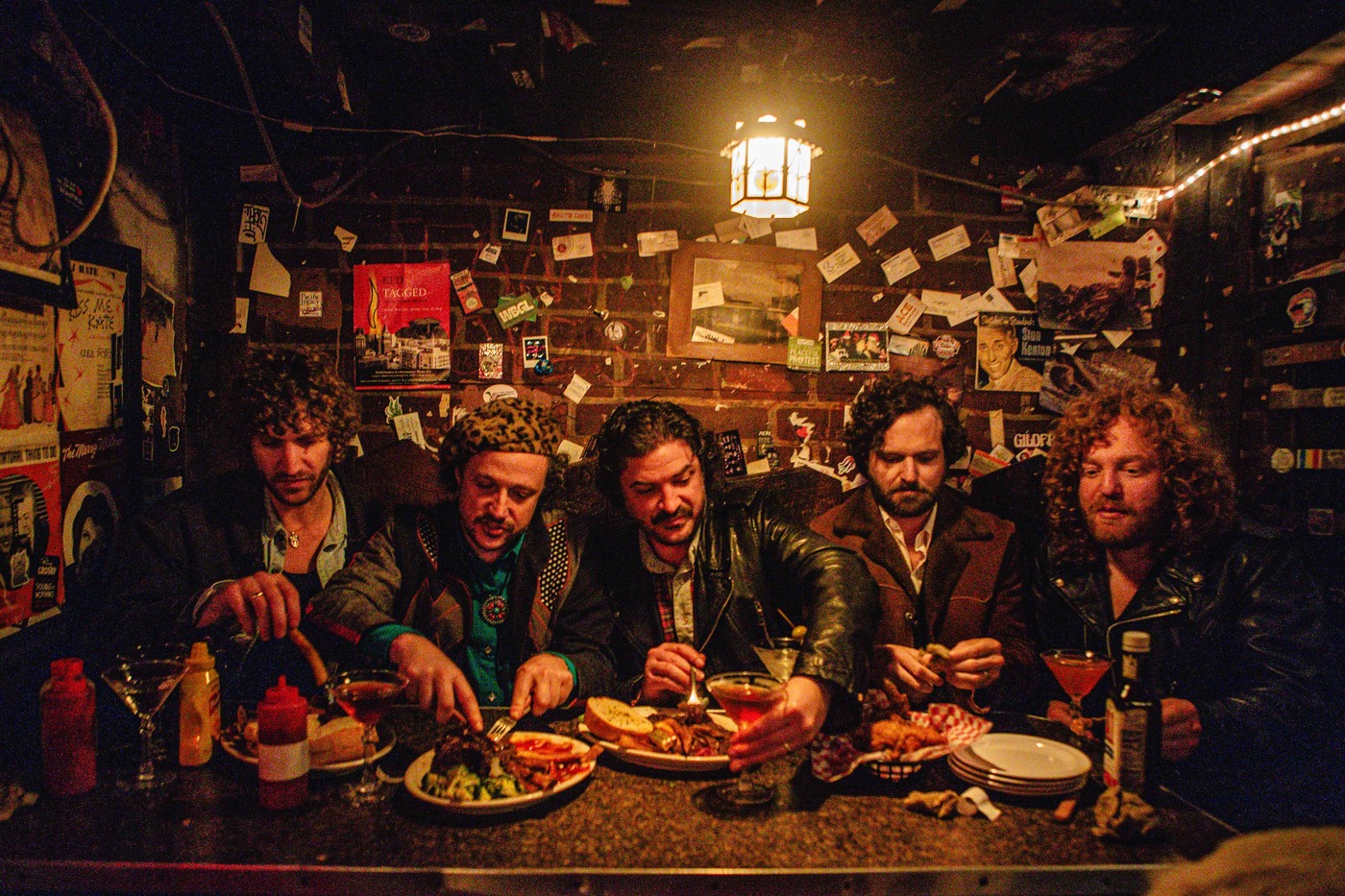Sand interview
There is something magical and inexplicable in creation, and Sand manifest absolutely these mysterious phenomena. Story-tellers, musicians, shamans, geniuses, Sand were known, at the end of the 60s, as P.O.T. (Part of Time). Then Sand – Ludwig Papenberg and his brother Ullrich Papenberg, and Johannes Vester, developed a more avant-gardist, proto-industrial, visionary experimental approach, a truly unique entity in the history of music. 2020 brings us their latest album Vibrating Cloud via Rotorelief.
Sand are Johannes Vester, Ludwig Papenberg and Ulrich Papenberg
Interview with Johannes Vester
Where and when did you grow up? Was music a big part of your family life?
Johannes Vester: I grew up in the 1950s and 1960s in Bodenwerder, a small town in the Weserbergland (Western Germany), a region in which numerous myths and fairy tales have emerged over the centuries. My family’s origins are in England, Salt Lake City (Utah), Switzerland and Germany. There are some artistically gifted ancestors, violinists, an opera singer. I am also related to the Expressionist Otto Mueller. My parents lived in Berlin and were forced to flee by the war. My family of origin was partly musical, my father played the piano, my older brother trumpet in a jazz band. He also wrote his own titles and lyrics.
When did you begin playing music? What was your first instrument? Who were your major influences?
The music scene in the province was dominated by the emerging beat and rock and roll bands. Anglistically influenced without exception. It was a rebellious but not explicit political culture. I had been friends with the musicians of such a band from an early age, but had only learned to play the flute, harmonica and some guitar. I noticed that I could do something with the voice and started to write lyrics and melodies and phrases arose in my head. With that I approached my friends and we started experimenting with the material in a garage.
What bands were you a member of prior to the formation of Sand? What’s the story behind P.O.T. (Part of Time)?
There was a parallel development alongside the locally very famous beat band. At the end of the 1960s, “Helicopter” was created, which was to become a milestone in its powerful structure. During these years, the early Pink Floyd played a major role in contrast to the all-dominant rock and roll bands. That really appealed to me and slowly the band “P.O.T.” (Part Of Time) developed with my experimental friends. We played at medium festivals. During this time, Kraftwerk, NEU!, Cluster and others started their creative, innovative work. I remember a festival where Kraftwerk was playing on a meadow in Westphalia with drums and you had uncomplicated personal contacts. In 1970 a Pink Floyd concert took place in a large hall in Hanover. After the concert, when the stage lights went out, we strolled onto the stage and talked to Roger Waters and David Gilmour about the technical equipment, the mighty gong and other things. There were no security guards. A very easy, innocent time.
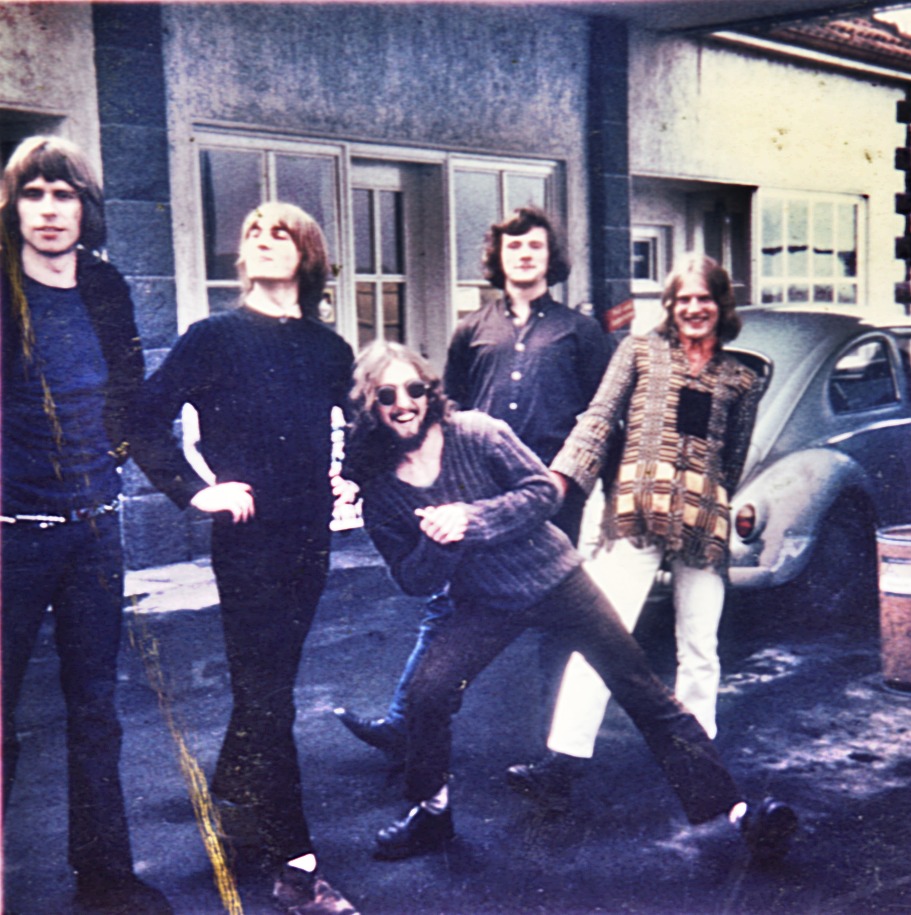
What kind of music did you play very early on?
My main occupation in this early period was the development of vocal possibilities. I was very amateurish and had no vocal training but a strong urge to express myself. Therefore I explored my possibilities and particularly appreciated the free improvisation within relatively defined instrumental structures. I also used a portable radio with shortwave transmitters, cassette tapes with natural sounds and played the harmonica. I also gave the band and titles the names.
“SAND emerged, an associative picture of timelessness and elementary substance.”
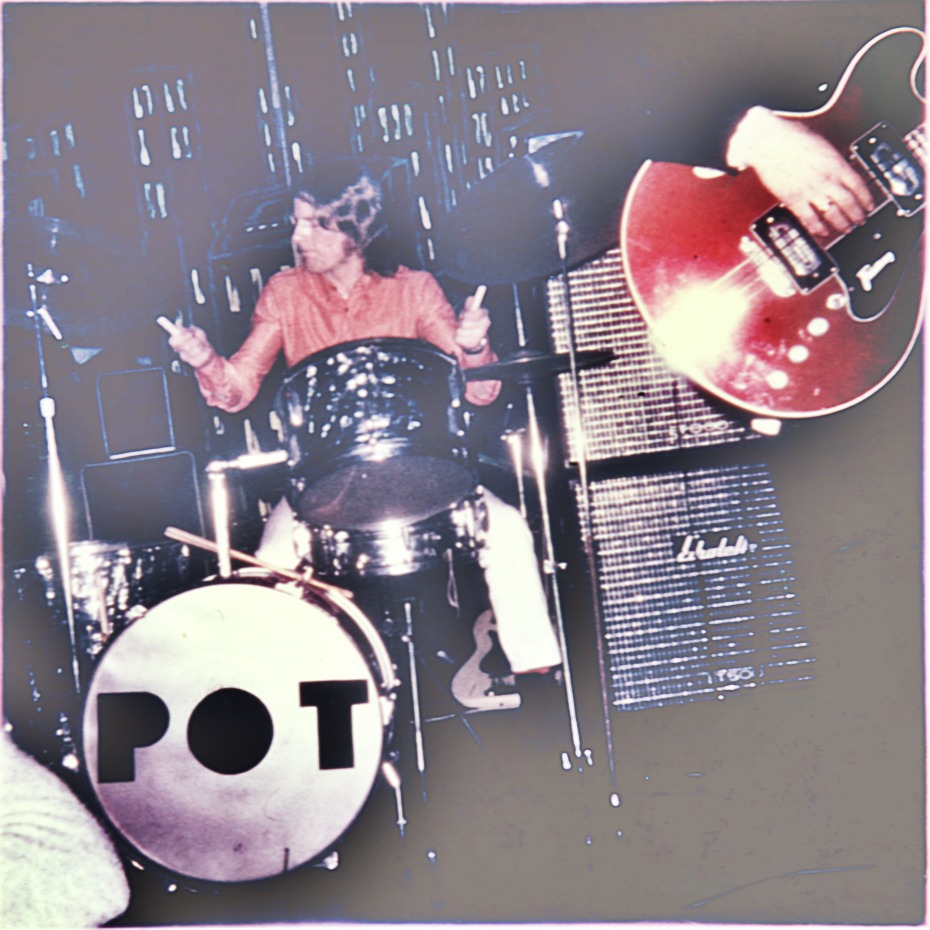
Can you elaborate on the formation of Sand? What was the main concept behind Sand?
Yes. P.O.T. existed from 1969 for three years. In 1972 I moved to Berlin to study psychology. The other four of the band also followed me to Berlin, but two of them soon returned to the Weserbergland. The Papenberg brothers and I remained. The P.O.T.- Project was over. We had to regroup: without drums, without a keyboard. A new experimental stage was reached. We got generators and then the first synthesizers, two EMS VCS3s. In a basement apartment in Berlin-Moabit we further developed the titles in an instrumentally reduced manner and were surprised by the very elementary possibilities of expression. SAND emerged, an associative picture of timelessness and elementary substance.
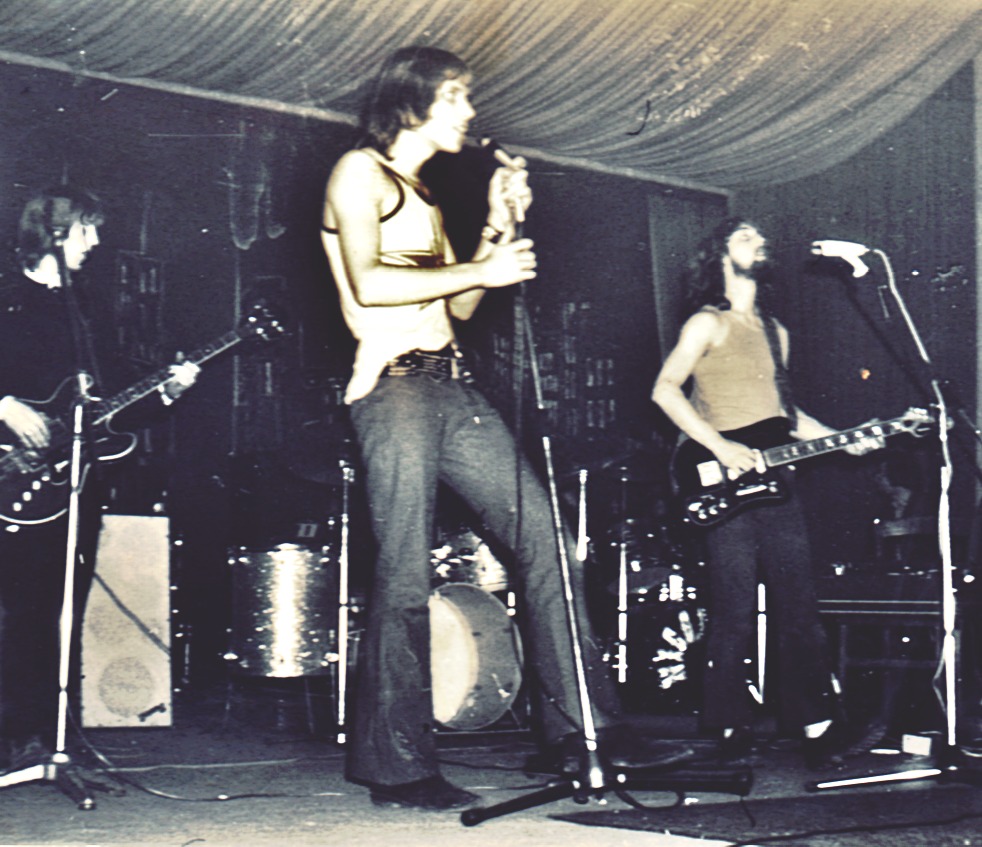
What sort of venues did Sand play early on? Where were they located? How did you decide to use the name “Sand”?
We first played a few concerts in the province to try it out. The breakthrough came through a concert together with the Cologne band CAN. Their manager, Manfred Schmidt, became aware of us and invited us to Cologne. Here we met CAN again in a private circle and Manfred introduced us to Klaus Schulze, who was working with the Schunke brothers in a loft on Paul-Linke-Ufer in Berlin-Kreuzberg, to build up a studio in artificial head stereophony – a development of the Paul Hertz Institute the Technical University. With SAND we fit well into the concept of spatial sound and so studio recordings were made in 1973 using this technique. GOLEM was born.
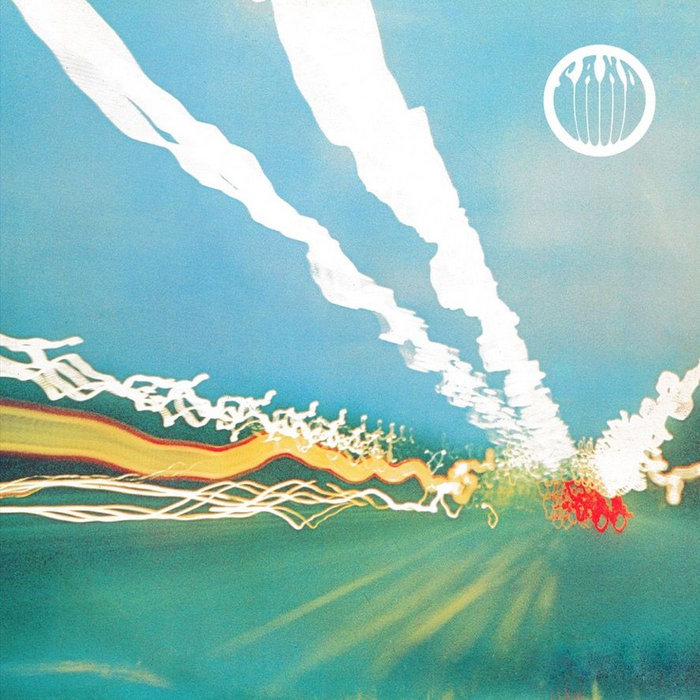
First of all, the name SAND came from the idea of timelessness and space. But sand also opened up diverse associations. We liked the metaphor for vibrations that quartz sand emits, an indispensable basis for all electronics. And in nature singing sand, also called whistling sand or barking sand, is sand that produces sound. The sound emission may be caused by wind passing over dunes or by walking on the sand. At that time we found this symbolism very suitable for our music.
“We had freed ourselves from Pink Floyd’s influence by developing our own style.”
What influenced the band’s sound?
I’ve already told you something about the history of influence. During the experimental phase in Berlin we also dealt with electronic composers such as Karl-Heinz Stockhausen, Pierre Henry and the exotic sound systems of György Ligeti. We had freed ourselves from Pink Floyd’s influence by developing our own style.

What’s the story behind delta-acustic records. Was it a self release? How many copies were pressed? How pleased was the band with the sound of the album? What, if anything, would you like to have been different from the finished product?
Delta Acustic mainly wanted to make the artificial head stereophony socially acceptable. Very different genres were represented in their portfolio. We were one of them with SAND – Golem, but were also seen as the most interesting by the media at the time. We ourselves were quite disappointed with the technology, which actually only came into play through headphones. We didn’t really believe in the later success of the album. The circulation was around 5000 vinyl copies.
What’s the story behind your debut album? Where did you record it? What kind of equipment did you use? How many hours did you spend in the studio?
As I said, we were all pioneers at the time: Klaus Schulze, the brothers Manfred and Wolfgang Schunke and we. The concept caught the attention of the futurologist Robert Jungk, a native of Berlin, who visited us during the studio work on Paul-Linke-Ufer and thus gave us some of his spirit. Klaus Schulze recorded some tracks with us, using his Farfisa synthesizer and he drummed on “On The Corner” the bongos.
For the rest we used exactly the equipment that we had used in the basement in Moabit. The early Golem recordings were made there, which Rotorelief later published under SAND – His First Steps. It took us about 10 days for the 8-track recordings in artificial head technology with boxes hung in the room – the legendary artificial head in the middle.
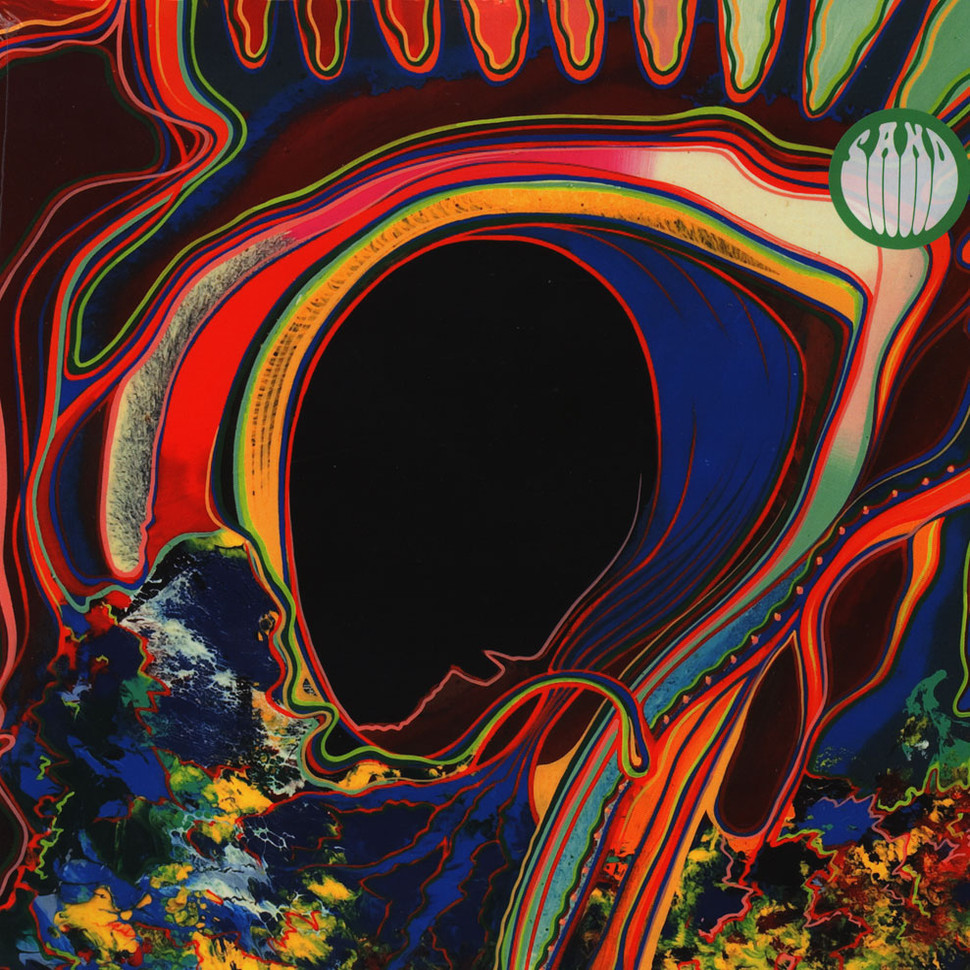
Klaus Schulze was the producer. How was to work with him in the studio? Please share your recollections of the sessions. What were the influences and inspirations for the songs recorded?
Klaus Schulze was a very relaxed guy at this time. He picked us up from home every morning with his S-Class Mercedes and drove us to the studio. Working with him was very pleasant, happy and creative. In between CAN played in Berlin and the next day we had a breakfast with them and Manfred Schmidt in Bristol-Hotel on Kurfürstendamm. We had a lot of fun, especially with the funny and bizarre Holger Czukay. I got on particularly well with Michael Karoli. Unfortunately, both have died in the meantime.
Would you share your insight on the albums’ tracks?
The sessions were very extensive and we chose the best recordings for the album from them. The work regularly puts us in a psychedelic trance in which it ran cold down our backs. But we didn’t use any drugs, as we were later told. Despite the changed states of consciousness, we were very disciplined in our musical work and were very connected with each other.
Did the band tour to support the LP?
No. SAND broke up immediately after the album’s release
Was there a certain concept behind the album?
The concept was to do without the traditional band line-up. Back then everyone was playing with drums, as mentioned, even Kraftwerk. In retrospect, I can only say that we made a virtue of necessity and were surprised that it worked.
Incidentally, we had nothing in mind with Gothic, Grunge or apocalyptic prophets. We saw ourselves in the broader sense as a psychedelic band. Psychedelic Rock originated in the Bay Area near San Francisco and is associated with the development of hippie culture. Great Britain is sometimes wrongly assumed to be the country of origin of psychedelic rock. Indeed, The Beatles also pioneered this rock music with their album Magical Mystery Tour, which was released in 1967. But most psychedelic bands came from the American west coast like The Byrds, The Doors, Grateful Dead, Jefferson Airplane especially with their song “White Rabbit”, as well as The Jimi Hendrix Experience and Pink Floyd with the album Piper At The Gates Of Dawn. But in contrast to the drug-influenced artists, as I said, our own music brought us into a different state of consciousness and this effect was later confirmed to us by many, many fans who experienced the same thing when listening to SAND music.
What can you tell me about Johannes Vester and His Vester Bester Tester Electric Folk Orchestra?
Oh yes, it was really very special. After the release Ludwig pursued musically completely different projects but Delta Acustic intended to continue after the relative success of Golem. In the meantime I had accumulated a lot of my own material and so the studio band “Johannes Vester and His Vester Bester Tester Electric Folk Orchestra” was produced under the working title “Born At Dawn”. The artificial head studio had meanwhile been relocated to Wilster near Hamburg, Klaus Schulze was no longer there, and there were recordings with many guest musicians in 1975, which were then no longer published. Many titles reappear in the SAND – INXOM series from Rotorelief.
How about ALU and VK88?
Times changed and in 1979 Ludwig and I approached again. Ulrich, his brother, had since moved back to the Weserbergland. The emerging zeitgeist of the 80s also began to grasp us. We had already arrived in the Berlin metropolis, the Wall City, and influenced by its energies.
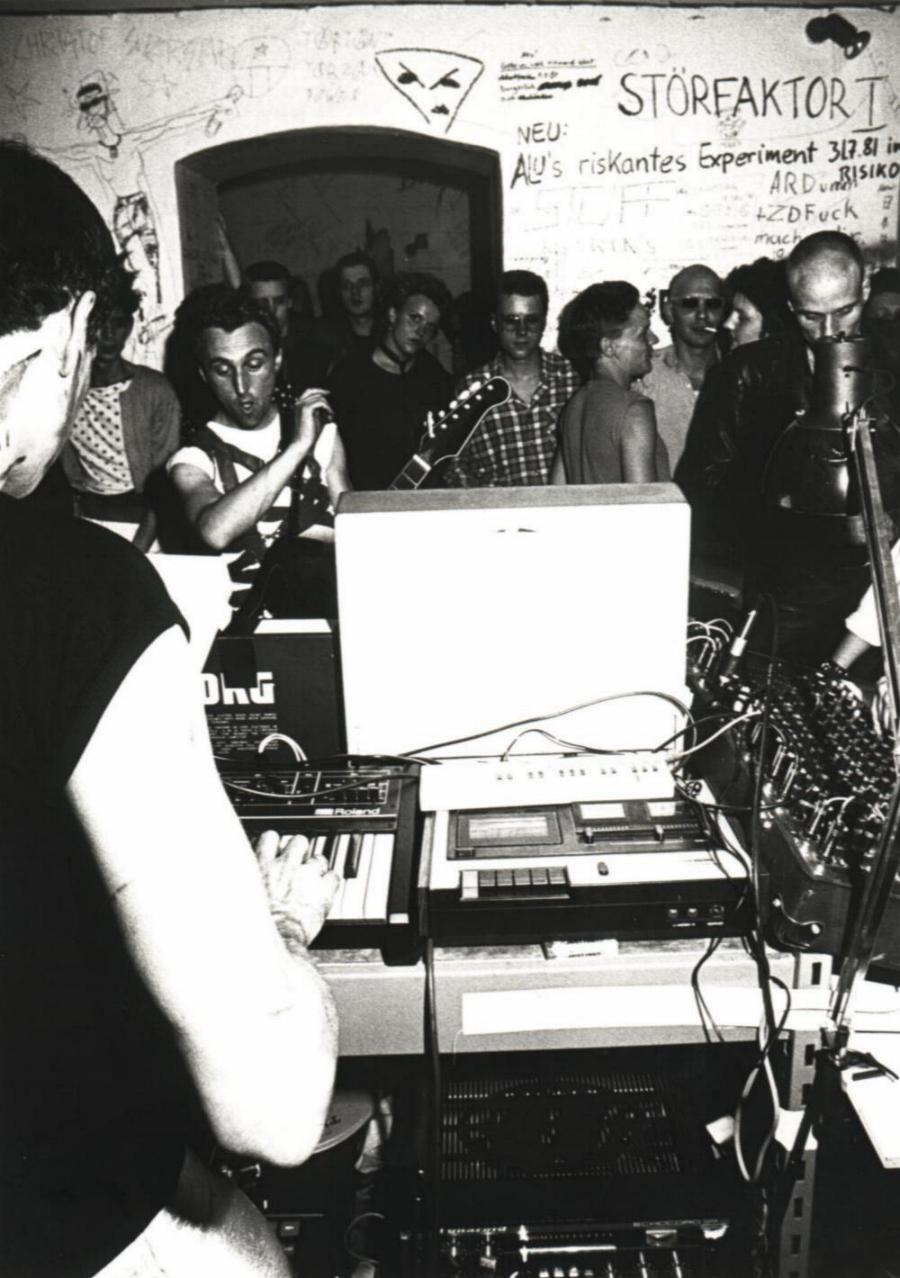
The mythological landscapes had faded into the background. So we started experimenting again, this time in pairs. In the meantime we had our own studio and were independent. So a complete production with German lyrics was created. We founded our own label “DLS – Der Letzte Schrei!” and released the single “Bitte warten Sie!” and “Liebe machen”. It was only in 2005 that the entire project of CIP from Chicago Ill. was completely released on CD under autismenschen.
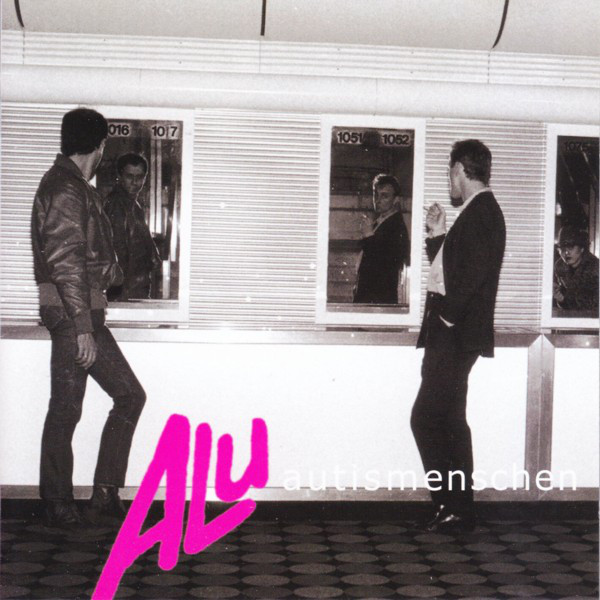
This was due to the fact that ALU had several breaks at that time. The singer Nadja had got in and gave ALU a very special character. A year later Ludwig got out again and I continued to work with Nadja for a few more years and produced some things. In 2018 we released Bureau B in Hamburg, a well-respected album (vinyl and CD) entitled Die Vertreibung der Zeit, a mix of different ALU constellations. And in February of this year (2020) the California label Peripheral Minimal re-released the legendary cassette “Attrition / ALU” by i.r.r.e.-Tapes from 1983 on CD. My big wish is to re-release the legendary tape ALU – Geistige Erneuerung from 1983 on vinyl.
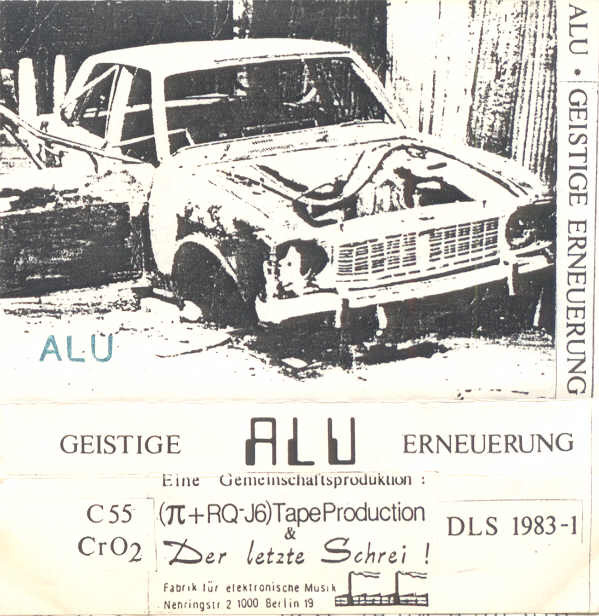
It documents great concerts in various West-Berlin clubs. Murray from Contort Yourself in Glasgow wanted to release this album two years ago. We had a deal and the project was already well under way. But then I didn’t hear from Murray anymore. Too bad.
VK 88 is a special case, a hermit-like solo project of mine. Alles über Atemtechnik is a very inner journey. Obscurely, the album is currently traded high in corona times because of its cover. This shows masked clones in front of the most famous wall. All sorts of walls are currently very up-to-date, behind which people protect and hide themselves from dangers.
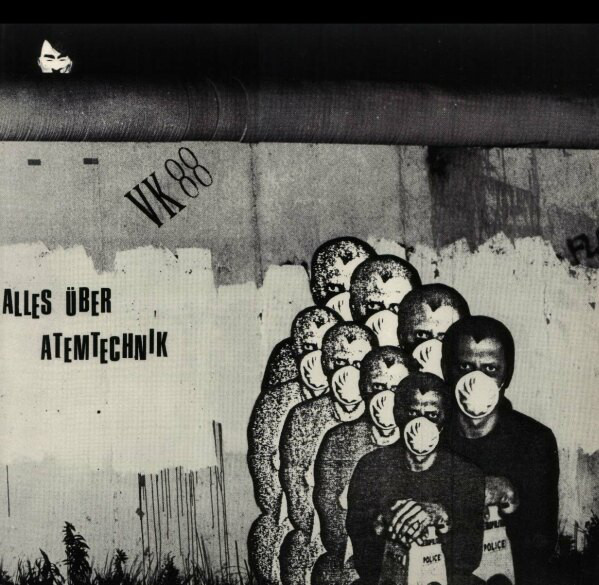
What happened after the band stopped? Were you still in touch with other members? Is any member still involved with the music?
The entire phase ended around 1986. Ludwig pursued completely different projects with various bands. We lost sight of each other. Contact with Nadja was also lost. Meanwhile, we have to sadly assume that she died. I myself continued experimenting in my home studio, working on old ALU material and implementing new ideas. I continued to write lyrics. One of my roles was archiving. I had always recorded everything on tapes, back to the early beginnings. ALU II (with Ludwig and Nadja) made many concerts, also abroad, and ALU III (with Nadja) often played in West-Berlin. I had a large TEAC 4-track tape machine with me at all concerts, so there still exist a lot of tapes with concerts and sessions.
In the meantime, Golem became a collector’s rarity, which was highly traded. In 1995 David Tibet contacted me. He had covered “May Rain” without our knowledge. He visited me in Berlin and over three days we searched my archive of SAND recordings. This resulted in the double CD “SAND – Ultrasonic Seraphim”, which was released in 1996 by United Durtro via World Serpent. My title-idea “Ultrasonic Seraphim” was still on paper from the 70s and David thought it was fantastic. Some titles of “Johannes Vester and His Vester Bester Tester Electric Folk Orchestra” were also published for the first time.
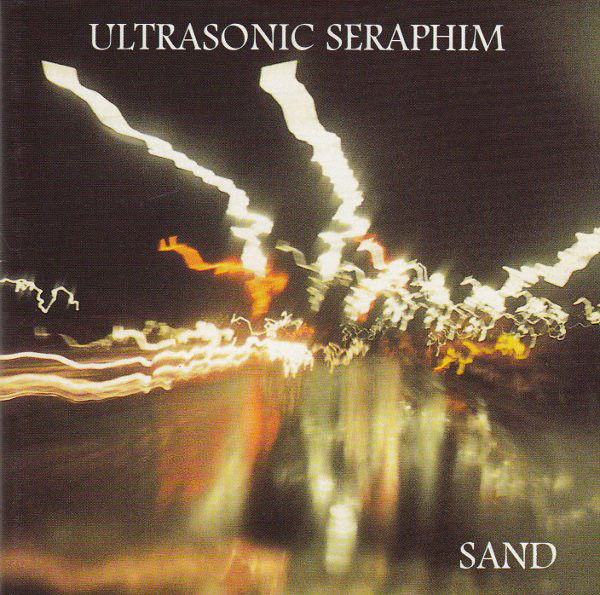
Looking back, what was the highlight of your time in the band? Which songs are you most proud of? Where and when was your most memorable gig?
Even if we were not aware of it at the time, the biggest highlight was the creative phase of SAND realization. But there were also many other good spots: the diverse ALU projects, the collaboration with David Tibet and later Christophe Louis of Rotorelief. The wonderful paintings that Steven Stapleton created for us under the name Babs Santini and those are immortalized as SAND covers.
And last but not least, the great old work: “SAND – Vibrating Cloud” in collaboration with Enki Bilal.
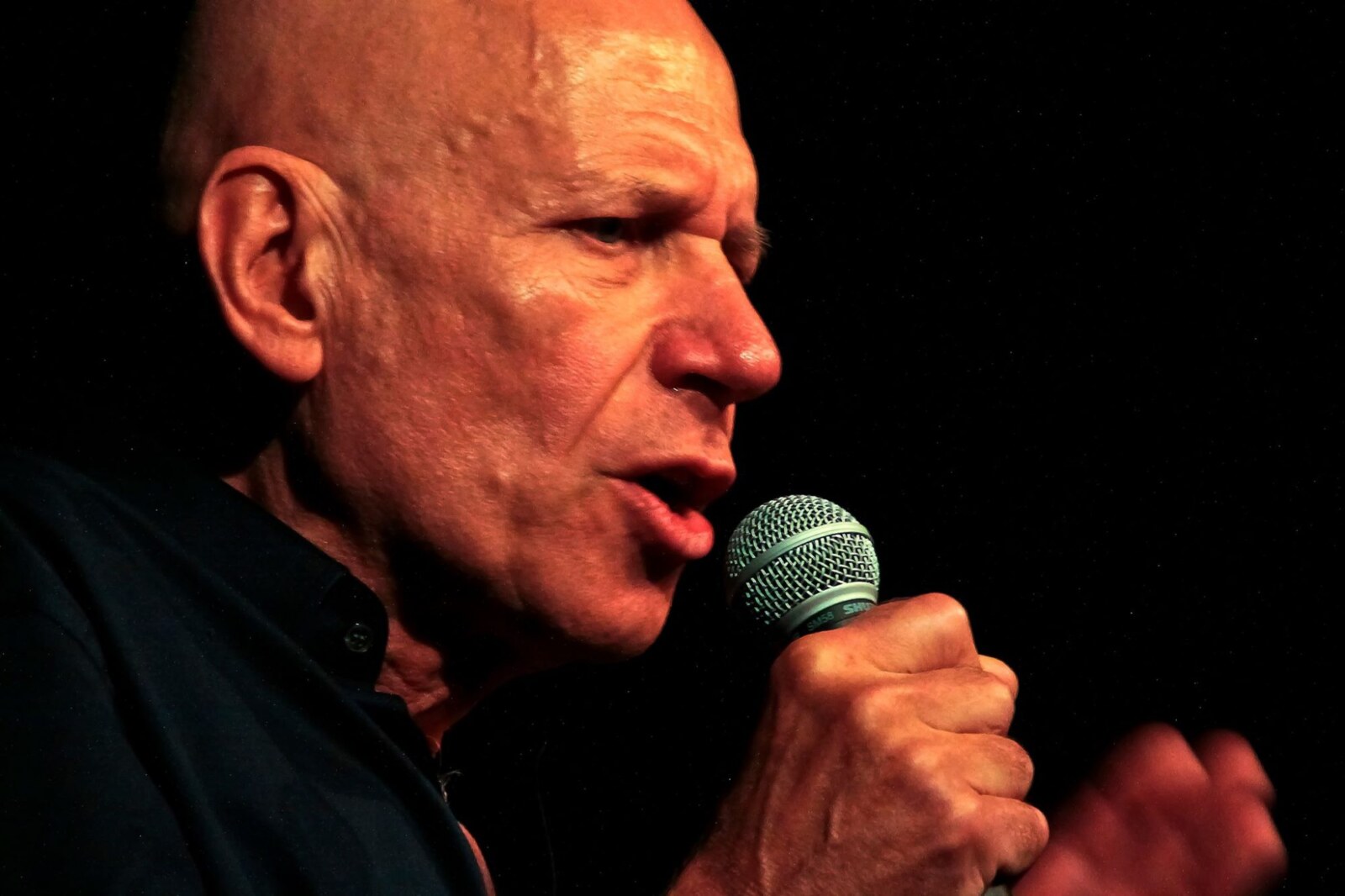
What are some of your favorite memories from Sand and the 60s in general?
Back then we were very close to nature and social outsiders. We did what we liked and enjoyed great freedom. We played in quarries and in nature, and we often had small sessions there with many friends without pursuing a commercial goal.
What were some of your favourite bands?
My favorite bands were the very early Rolling Stones, the early Pink Floyd, Jimi Hendrix, whom I was able to experience at the Isle of Wight Festival in his fantastic presence a few weeks before he died. There are many others from these years: Amon Düül, CAN, Moebius and Michael Rother. I currently have no favorite band.
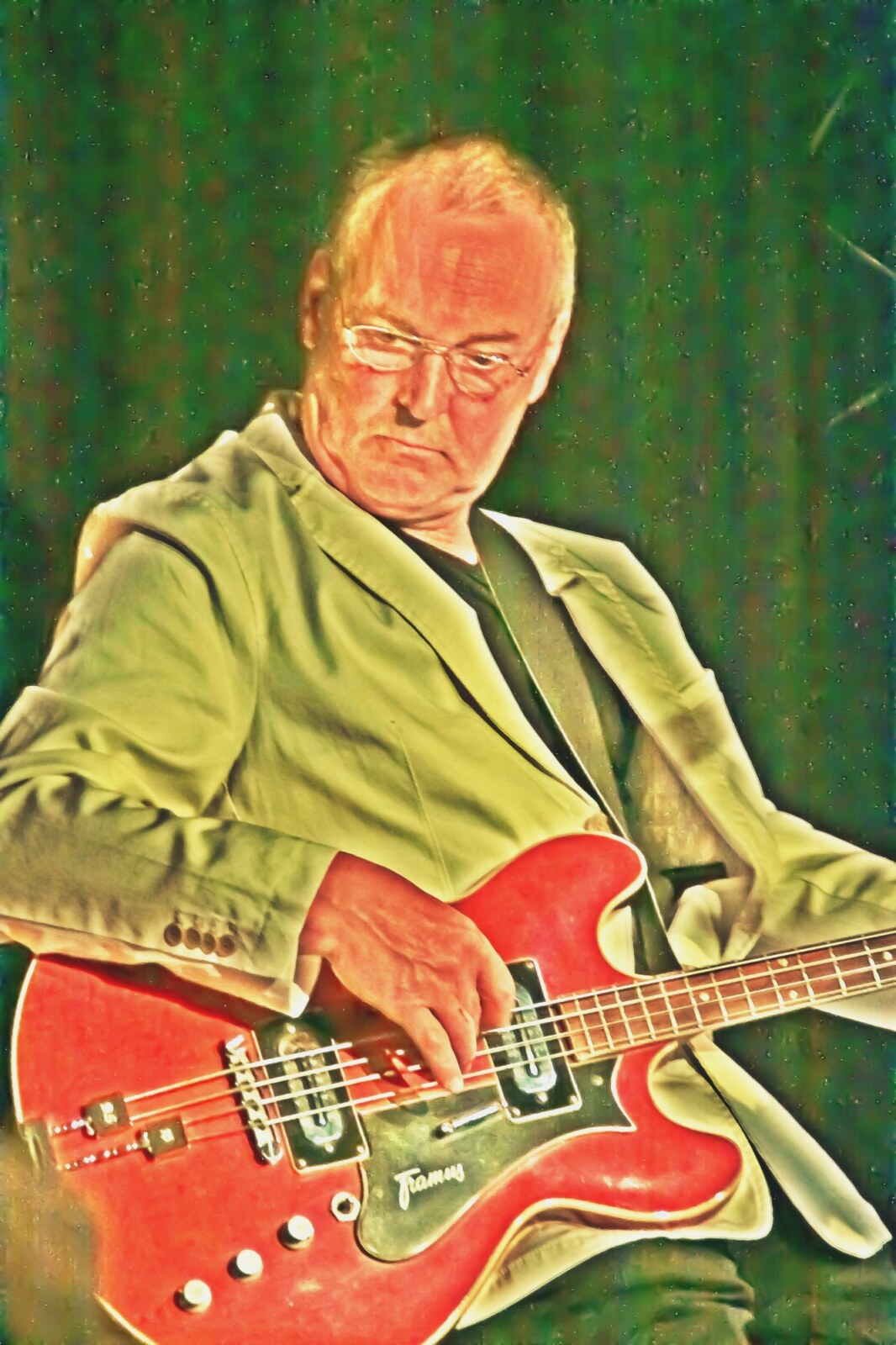
Is there any unreleased material by Sand?
I think that we have exhausted everything that is usable from the historical SAND material. ALU still has a lot of tapes, some of them digitized.
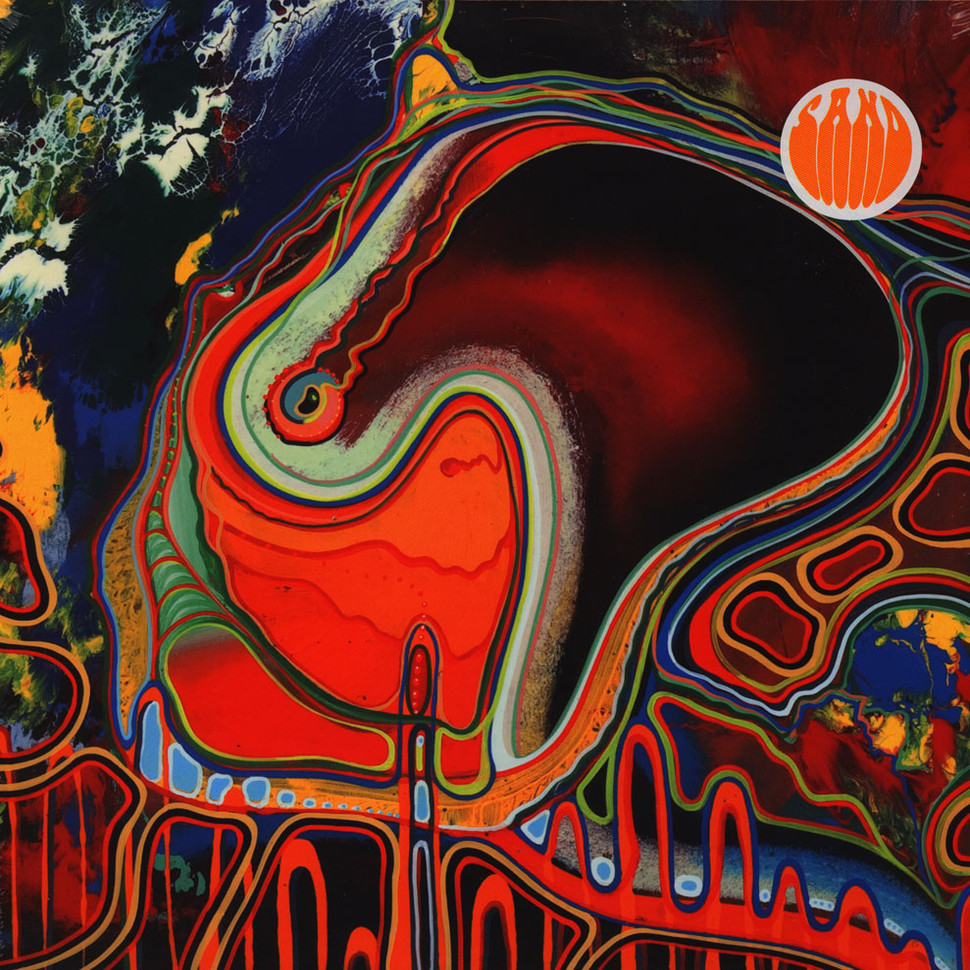
There was a series of archive recordings released in the past few years. Would you like to share a few words about it?
As already mentioned, the sustained enthusiasm and performance of Christophe Louis (Rotorelief) has given SAND a radius of awareness that means a lot of respect to us. Regardless, the homage of Julian Cope in his “Copendium: An Expedition into the Rock ‘n’ Roll Underworld” is an extraordinary tribute to SAND.
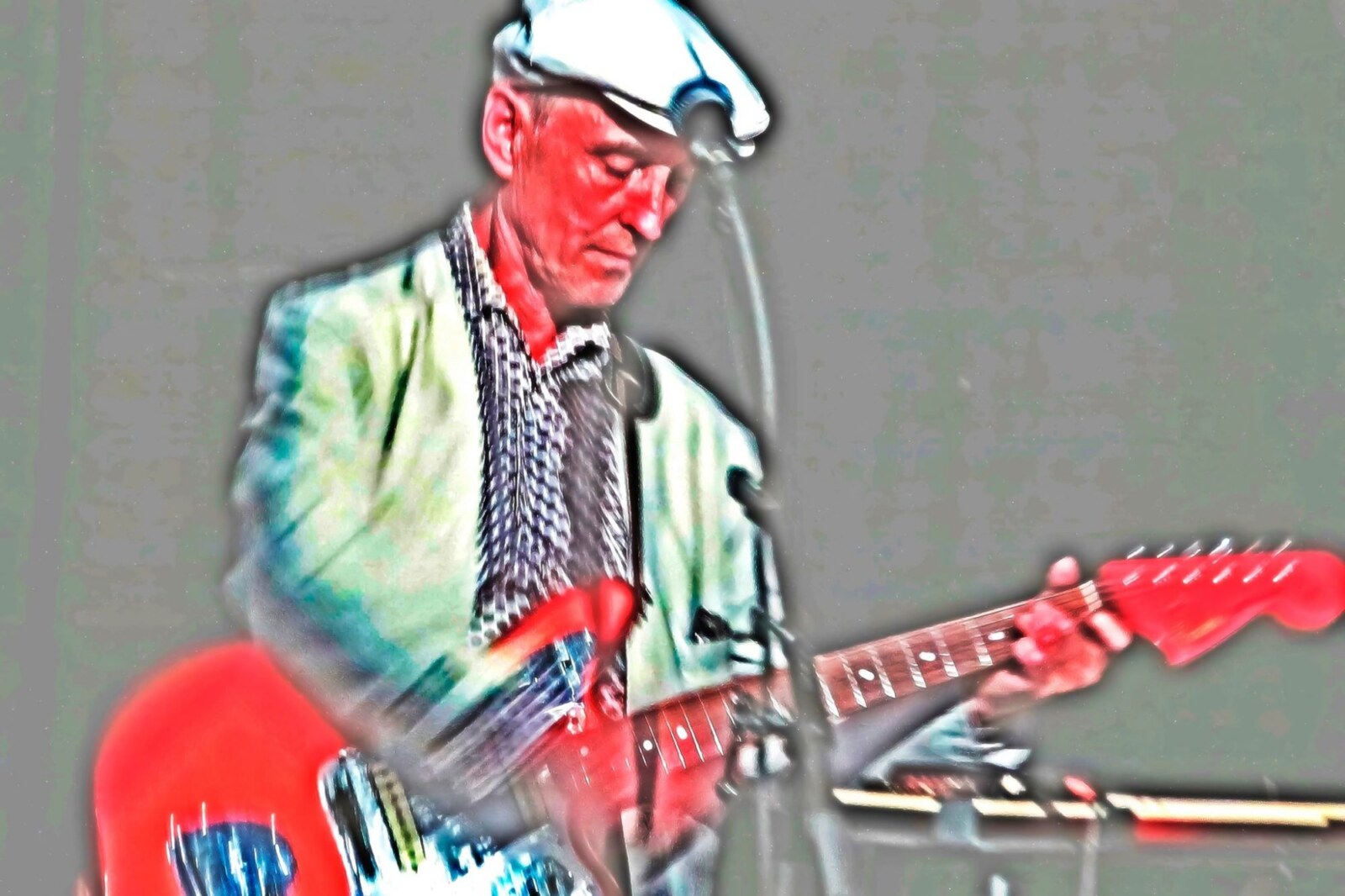
Rotorelief prepared a new release of Sand. Vibrating Cloud is celebrating 50th anniversary. What kind of material can we hear on the latest album?
In 2011 we started to be active again as SAND. First, we re-recorded the GOLEM titles and improved them over the years – always in coordination with Christophe – until they reached maturity, which can no longer be surpassed. There were also more and more new titles that Ludwig and I developed in old congeniality. There are also two solo instrumental titles by Ludwig on it and one by me. “Halt Dich Fest” is an outlier, a revision of an old title, which now appears very contemporary. SAND – Vibrating Cloud is a colossal work that has grown over many years, which unfortunately still lingers in the shadow of the all-dominating corona crisis.
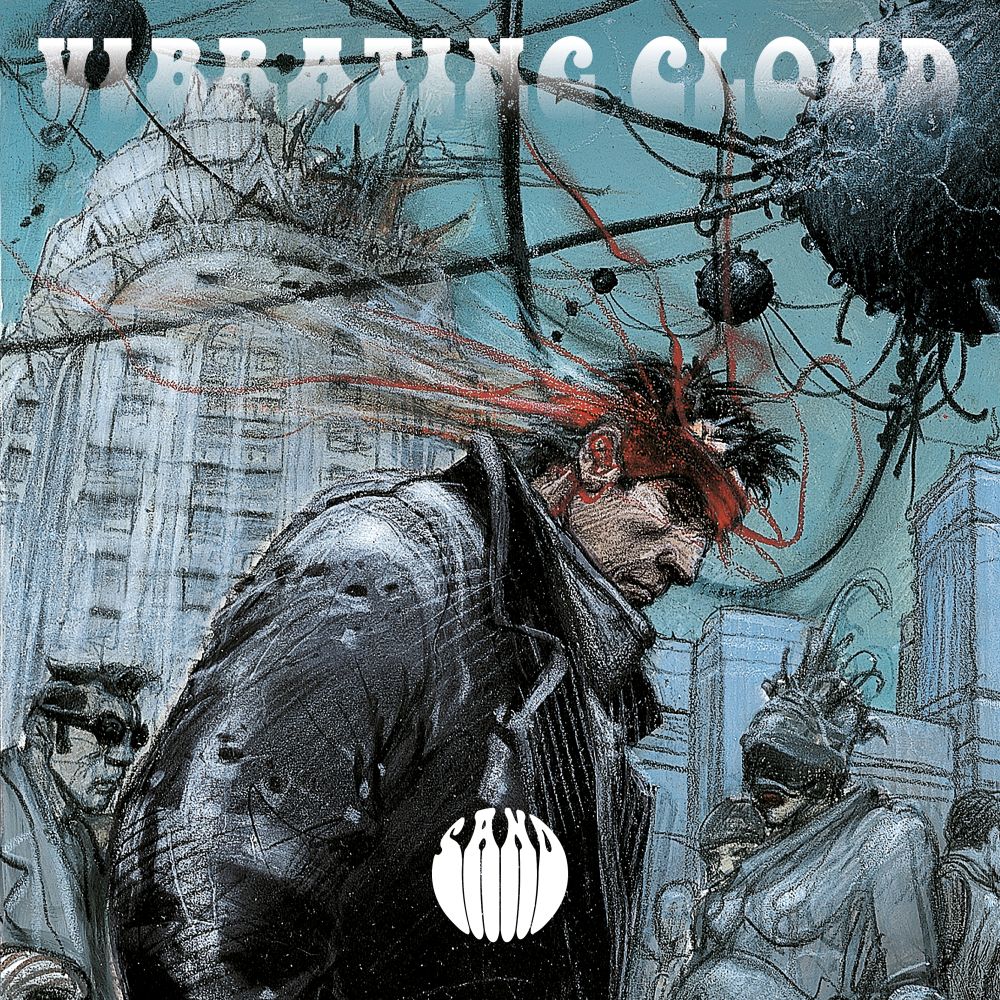
It is waiting to be kissed awake by the fans and the media like Sleeping Beauty. You can learn a lot about the spirit and the message of the album on the pages of Rotorelief.
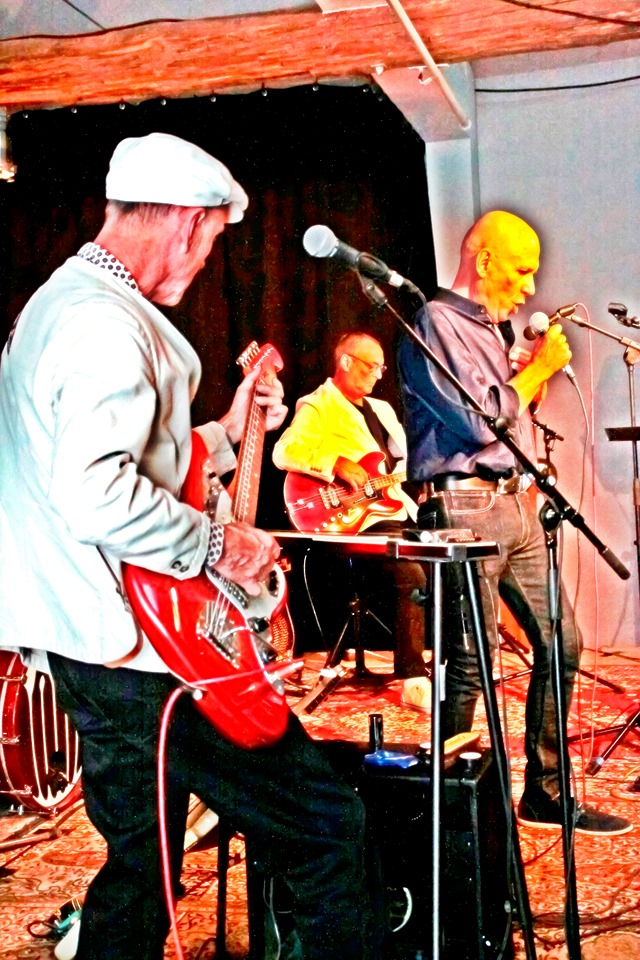
Let’s end this interview with some of your favourite albums. Have you found something new lately you would like to recommend to our readers?
I haven’t found anything new lately that has touched me profoundly. I may lack the analogue spirit. Here are some of my favorite records: Current 93 – Thunder Perfect Mind, Grateful Dead – Anthem Of The Sun, Nirvana – Nevermind, Brian Eno – Another Green World, Phil Glass – Glassworks, Throbbing Gristle – Thee Psychick Sacrifice, Ash Ra Tempel – Schwingungen.
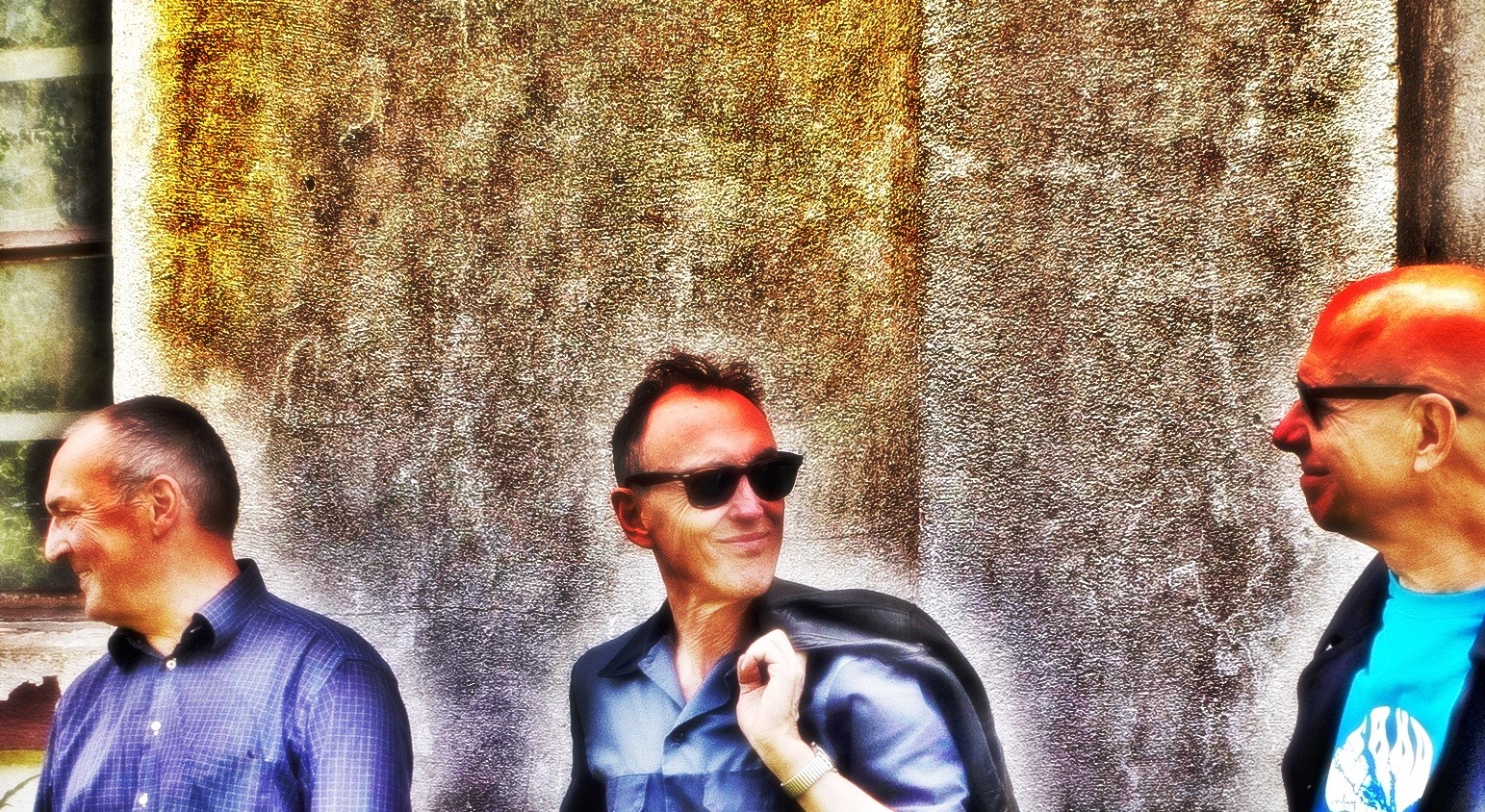
Thank you for taking your time. Last word is yours.
Thanks Klemen, this interview was great. It was an inspiring impulse for a touching journey through time. I am pleased that your readers and our fans can participate and enrich their image about SAND and its history.
– Klemen Breznikar
Sand Facebook
Rotorelief Official Website



